Home>Furniture & Design>Bathroom Accessories>What Is The Best Kind Of Toothbrush
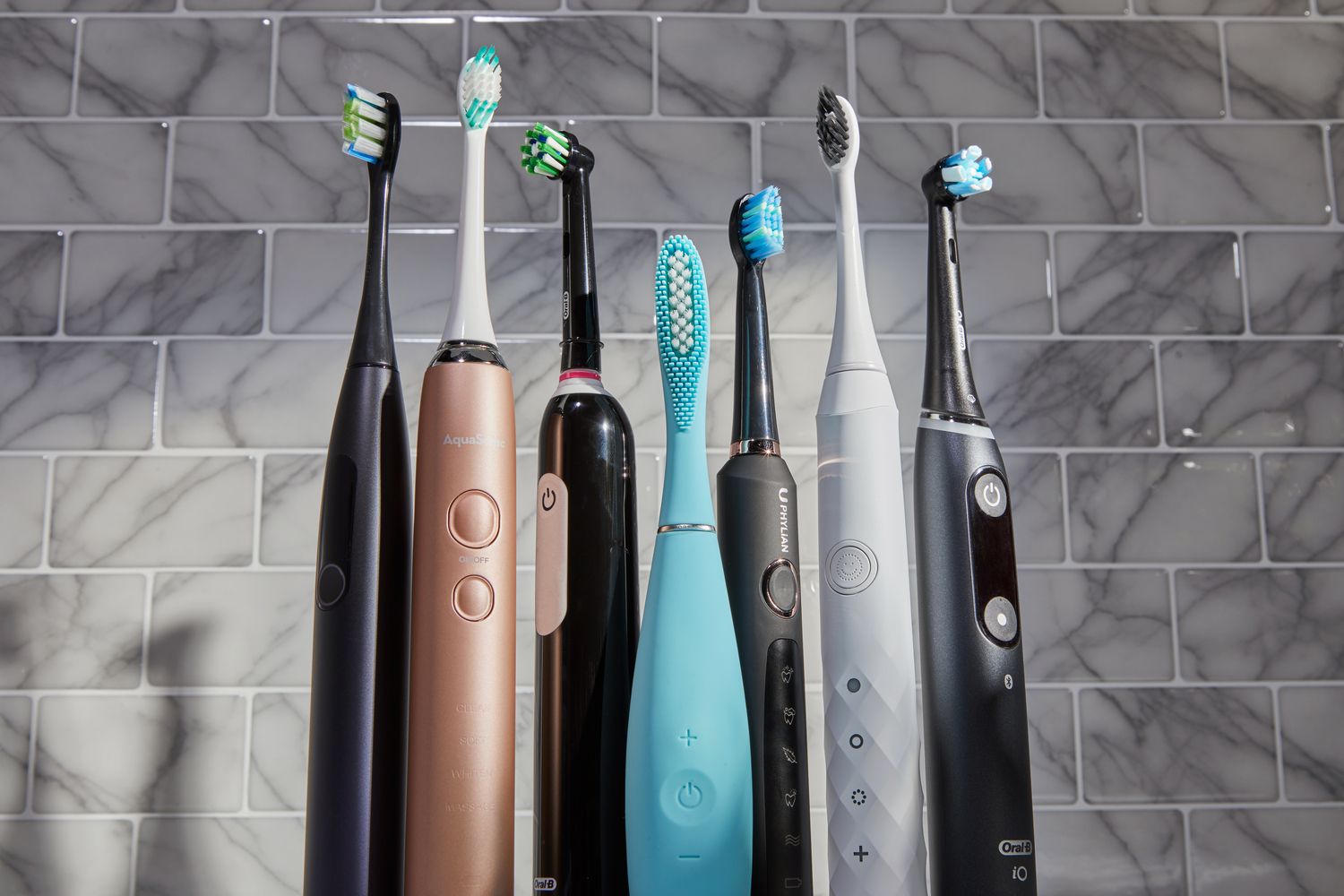

Bathroom Accessories
What Is The Best Kind Of Toothbrush
Modified: October 18, 2024
Discover the best kind of toothbrush for your oral hygiene routine. Explore a range of bathroom accessories to find the perfect fit for your needs. Choose the right toothbrush for a healthy smile.
(Many of the links in this article redirect to a specific reviewed product. Your purchase of these products through affiliate links helps to generate commission for Storables.com, at no extra cost. Learn more)
Introduction
When it comes to maintaining good oral hygiene, selecting the right toothbrush is paramount. With a plethora of options available in the market, choosing the best kind of toothbrush can be a daunting task. From manual toothbrushes to electric and sonic ones, each type offers unique features and benefits. Understanding the differences between these toothbrushes can help individuals make an informed decision that aligns with their specific oral care needs.
The effectiveness of a toothbrush in removing plaque and preventing gum disease is influenced by various factors, including the type of bristles, brushing technique, and frequency of use. Therefore, it's crucial to consider these aspects when evaluating the best toothbrush for personal use. Whether it's the traditional manual toothbrush, the advanced electric toothbrush, or the innovative sonic toothbrush, each option has its own set of advantages and considerations.
In this comprehensive guide, we will delve into the intricacies of different toothbrush types, explore the benefits and drawbacks of each, and provide insights into the various bristle types available. By the end of this article, readers will have a clearer understanding of the best toothbrush for their oral care routine, empowering them to make an informed choice that contributes to their overall dental health.
Key Takeaways:
- Choose a toothbrush that suits your needs – manual, electric, or sonic – based on your comfort, oral health, and brushing preferences. Each type offers unique benefits for maintaining good oral hygiene.
- Consider bristle types when selecting a toothbrush. Soft, medium, and hard bristles, as well as specialized designs, cater to different oral care needs. Find the right bristle type for effective plaque removal and optimal oral health.
Manual Toothbrushes
Manual toothbrushes have been a staple in oral care for generations, offering a simple yet effective means of maintaining dental hygiene. These traditional toothbrushes are available in a wide array of designs, bristle types, and head shapes, catering to diverse preferences and needs. One of the key advantages of manual toothbrushes is their accessibility and affordability, making them a popular choice for individuals of all ages.
When it comes to manual toothbrushes, the options are abundant. From soft, medium, to hard bristles, users can select a brush that aligns with their comfort level and oral health requirements. Soft bristles are gentle on the gums and enamel, making them suitable for individuals with sensitive teeth or gum recession. On the other hand, medium and hard bristles offer more rigorous plaque removal, catering to those who prefer a firmer brushing sensation.
The design of manual toothbrushes also plays a significant role in their effectiveness. Some feature angled bristles, which can aid in reaching difficult-to-access areas in the mouth, while others boast ergonomic handles for enhanced grip and maneuverability during brushing. Additionally, manual toothbrushes come in various head sizes, allowing users to choose a size that best fits their mouth and enables thorough cleaning of each tooth surface.
While manual toothbrushes require manual dexterity and proper brushing technique, they offer a sense of control and customization that may appeal to many individuals. Moreover, they are travel-friendly and do not rely on batteries or charging, making them convenient for use on the go. With the right brushing technique and regular replacement (typically every 3-4 months), manual toothbrushes can effectively remove plaque and debris, contributing to improved oral health.
In summary, manual toothbrushes remain a popular choice for those seeking a cost-effective, customizable, and readily available oral care solution. With a plethora of options to suit individual preferences and needs, manual toothbrushes continue to be a reliable tool for maintaining optimal dental hygiene.
Electric Toothbrushes
Electric toothbrushes have revolutionized the way individuals approach oral care, offering advanced features that aim to enhance brushing effectiveness and overall dental hygiene. Unlike manual toothbrushes, electric toothbrushes are powered by rechargeable batteries or replaceable AA batteries, providing consistent and controlled brush movements that can optimize plaque removal and gum stimulation.
One of the key benefits of electric toothbrushes is their ability to deliver consistent and precise brushing motions, which can be particularly advantageous for individuals with limited dexterity or those seeking a more efficient brushing technique. Many electric toothbrush models are equipped with built-in timers and pressure sensors, prompting users to brush for the recommended two minutes and alerting them if excessive pressure is applied, thereby promoting thorough and gentle cleaning.
Furthermore, the oscillating, rotating, or sonic movements of electric toothbrush heads can cover a larger surface area within the mouth, potentially reaching areas that may be challenging to access with a manual toothbrush. This comprehensive cleaning action can contribute to more effective plaque removal and a heightened sense of oral cleanliness.
In addition to their cleaning capabilities, electric toothbrushes often feature multiple brushing modes, such as daily cleaning, sensitive teeth, gum care, and whitening, allowing users to tailor their brushing experience to their specific oral care needs. This versatility can be particularly beneficial for individuals with sensitive gums or dental restorations, as they can select a mode that aligns with their comfort and hygiene requirements.
When it comes to bristle options, electric toothbrush heads are available in various designs, including soft, extra-soft, and specialized bristles for specific oral care concerns. This diversity enables users to choose a brush head that suits their gum sensitivity and promotes a comfortable brushing experience.
Moreover, the rechargeable nature of electric toothbrushes eliminates the need for frequent battery replacements, offering a more sustainable and cost-effective long-term oral care solution. Many electric toothbrush models also come with convenient travel cases, making them suitable for individuals who are frequently on the go and wish to maintain their oral care routine while traveling.
In summary, electric toothbrushes represent a modern approach to oral hygiene, offering advanced features, customizable settings, and efficient cleaning actions that cater to a diverse range of oral care needs. With their potential to enhance brushing effectiveness and promote consistent oral health habits, electric toothbrushes have become a popular choice for individuals seeking a comprehensive and convenient dental care solution.
When choosing a toothbrush, look for one with soft bristles and a small head. Soft bristles are gentle on your gums and tooth enamel, while a small head can reach all areas of your mouth easily.
Sonic Toothbrushes
Sonic toothbrushes represent a cutting-edge advancement in oral care technology, harnessing the power of high-frequency vibrations to deliver a thorough and dynamic brushing experience. Unlike traditional electric toothbrushes, sonic toothbrushes operate at exceptionally high speeds, generating rapid bristle movements that create a fluid dynamic action within the mouth.
The defining feature of sonic toothbrushes is their ability to produce rapid vibrations, typically at a frequency exceeding 20,000 Hz, which translates to over 1.6 million brush movements per minute. This high-velocity motion creates powerful fluid dynamics, effectively agitating the toothpaste and saliva within the mouth to reach areas beyond the bristles' physical contact. As a result, sonic toothbrushes can potentially dislodge plaque and debris from challenging-to-reach areas, such as interdental spaces and along the gumline, promoting a comprehensive cleaning action.
The dynamic fluid forces generated by sonic toothbrushes can create a sweeping motion that extends beyond the bristles' reach, potentially disrupting and removing plaque and bacteria from areas that may be overlooked by traditional brushing methods. This expansive cleaning action, coupled with the rapid bristle movements, contributes to a heightened sense of oral cleanliness and may aid in reducing the risk of gum disease and cavities.
Furthermore, sonic toothbrushes are designed to deliver gentle yet effective cleaning, making them suitable for individuals with sensitive gums or those seeking a comfortable brushing experience. The rapid vibrations and fluid dynamics created by sonic toothbrushes can contribute to a gentle yet thorough cleaning action, potentially minimizing irritation to the gums while promoting optimal plaque removal.
In addition to their cleaning prowess, sonic toothbrushes often feature built-in timers to encourage the recommended two-minute brushing duration, ensuring that users adhere to the optimal brushing time for comprehensive plaque removal. Some models also incorporate pressure sensors to alert users if excessive force is applied during brushing, promoting gentle and effective oral care practices.
The versatility and advanced cleaning capabilities of sonic toothbrushes make them a compelling choice for individuals seeking a modern and efficient oral care solution. With their potential to deliver thorough plaque removal, gentle cleaning action, and dynamic fluid forces, sonic toothbrushes have emerged as a prominent option for those looking to elevate their oral hygiene routine.
Bristle Types
The bristles of a toothbrush play a pivotal role in determining the brushing experience, oral hygiene effectiveness, and overall comfort during use. Understanding the various bristle types available can empower individuals to make an informed choice that aligns with their specific oral care needs.
-
Soft Bristles:
- Soft bristles are designed to provide a gentle yet effective cleaning action, making them suitable for individuals with sensitive gums or teeth. These bristles can help minimize potential damage to the enamel and reduce the risk of gum irritation, offering a comfortable brushing experience without compromising on plaque removal.
-
Medium Bristles:
- Medium bristles strike a balance between gentle cleaning and enhanced plaque removal. They are suitable for individuals who prefer a slightly firmer brushing sensation while still prioritizing gum and enamel protection. Medium bristles can effectively remove plaque and debris without causing excessive abrasion to the teeth and gums.
-
Hard Bristles:
- Hard bristles are designed for individuals who seek a more rigorous cleaning action. These bristles can effectively remove stubborn plaque and surface stains, catering to those who prefer a firmer brushing sensation. However, it's important to use hard bristles with caution, as they may pose a higher risk of enamel wear and gum irritation if not used with proper technique and care.
-
Angled Bristles:
- Some toothbrushes feature angled bristles, which are designed to facilitate thorough cleaning of hard-to-reach areas within the mouth. The angled design can aid in reaching interdental spaces and along the gumline, ensuring comprehensive plaque removal and promoting optimal oral hygiene.
-
Specialized Bristles:
- In addition to the traditional soft, medium, and hard bristles, toothbrushes may also feature specialized bristles tailored to address specific oral care concerns. These specialized bristles may include extra-soft bristles for ultra-gentle cleaning, textured bristles for enhanced plaque removal, or rubberized bristles for massaging the gums and promoting circulation.
When selecting a toothbrush based on bristle types, it's essential to consider individual preferences, oral health conditions, and recommendations from dental professionals. By choosing the appropriate bristle type, individuals can optimize their brushing experience, promote effective plaque removal, and contribute to long-term oral health and hygiene.
Read more: What Is The Best Toothbrush
Conclusion
In conclusion, the quest for the best kind of toothbrush is a multifaceted journey that hinges on individual preferences, oral health requirements, and the desire for optimal dental hygiene. The diverse landscape of toothbrush options, ranging from traditional manual toothbrushes to advanced electric and sonic models, offers a spectrum of features and benefits to cater to a wide array of oral care needs.
Manual toothbrushes, with their accessibility, affordability, and customizable designs, continue to be a popular choice for individuals seeking a straightforward yet effective oral care solution. The availability of soft, medium, and hard bristles, coupled with various head shapes and handle designs, empowers users to tailor their brushing experience to their comfort and hygiene preferences. Additionally, the travel-friendly nature of manual toothbrushes makes them a convenient companion for maintaining oral hygiene on the go.
On the other hand, electric toothbrushes have emerged as a modern and efficient alternative, offering consistent and controlled brush movements, multiple brushing modes, and advanced features such as built-in timers and pressure sensors. The potential to enhance brushing effectiveness and promote thorough plaque removal has positioned electric toothbrushes as a compelling choice for individuals seeking a comprehensive and convenient oral care solution.
Furthermore, the innovative sonic toothbrushes, with their high-frequency vibrations and dynamic fluid forces, represent a cutting-edge approach to oral care. The ability to deliver rapid bristle movements and expansive cleaning action, coupled with gentle yet effective cleaning, has positioned sonic toothbrushes as a prominent option for individuals looking to elevate their oral hygiene routine.
When considering the best kind of toothbrush, the diversity of bristle types further enriches the decision-making process, allowing individuals to select a brush that aligns with their gum sensitivity, plaque removal needs, and overall brushing comfort. From soft and medium bristles to specialized and angled designs, the range of bristle options empowers users to optimize their brushing experience and promote effective plaque removal while prioritizing oral health and comfort.
In essence, the best kind of toothbrush is a deeply personal choice, influenced by individual preferences, oral health considerations, and the desire for a comprehensive and comfortable brushing experience. By understanding the nuances of manual, electric, and sonic toothbrushes, as well as the diverse bristle types available, individuals can make an informed decision that contributes to their overall dental health and hygiene. Whether it's the simplicity of a manual toothbrush, the advanced features of an electric model, or the cutting-edge technology of a sonic brush, the best toothbrush is one that aligns with individual needs and promotes a consistent and effective oral care routine.
Frequently Asked Questions about What Is The Best Kind Of Toothbrush
Was this page helpful?
At Storables.com, we guarantee accurate and reliable information. Our content, validated by Expert Board Contributors, is crafted following stringent Editorial Policies. We're committed to providing you with well-researched, expert-backed insights for all your informational needs.
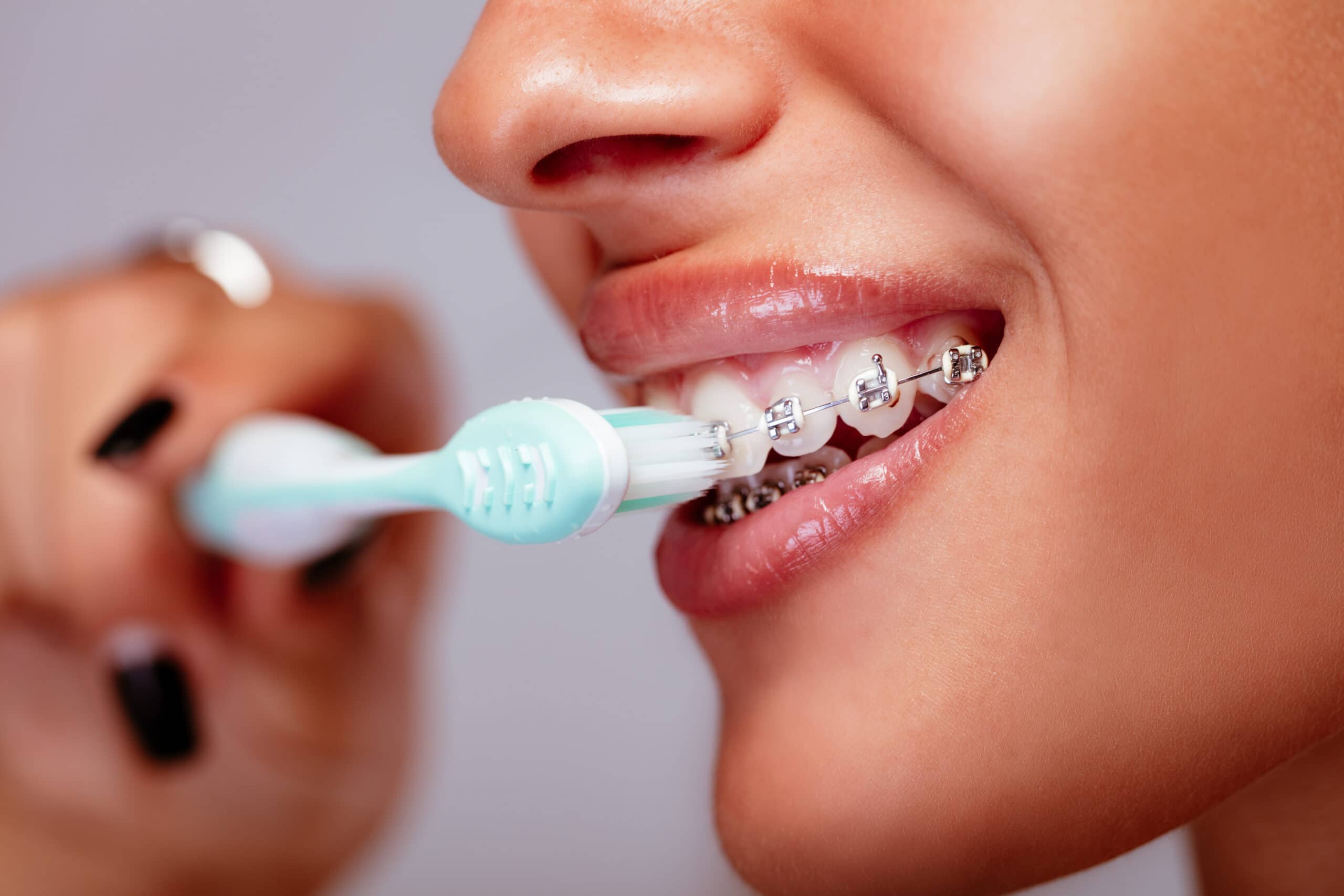
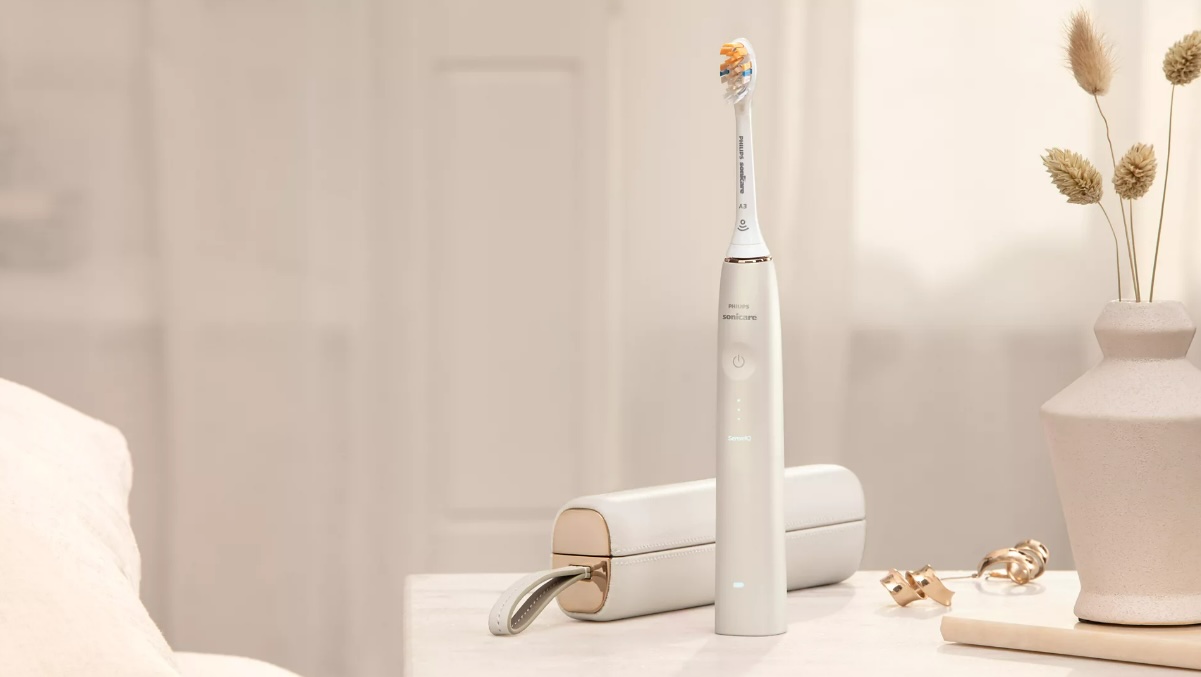
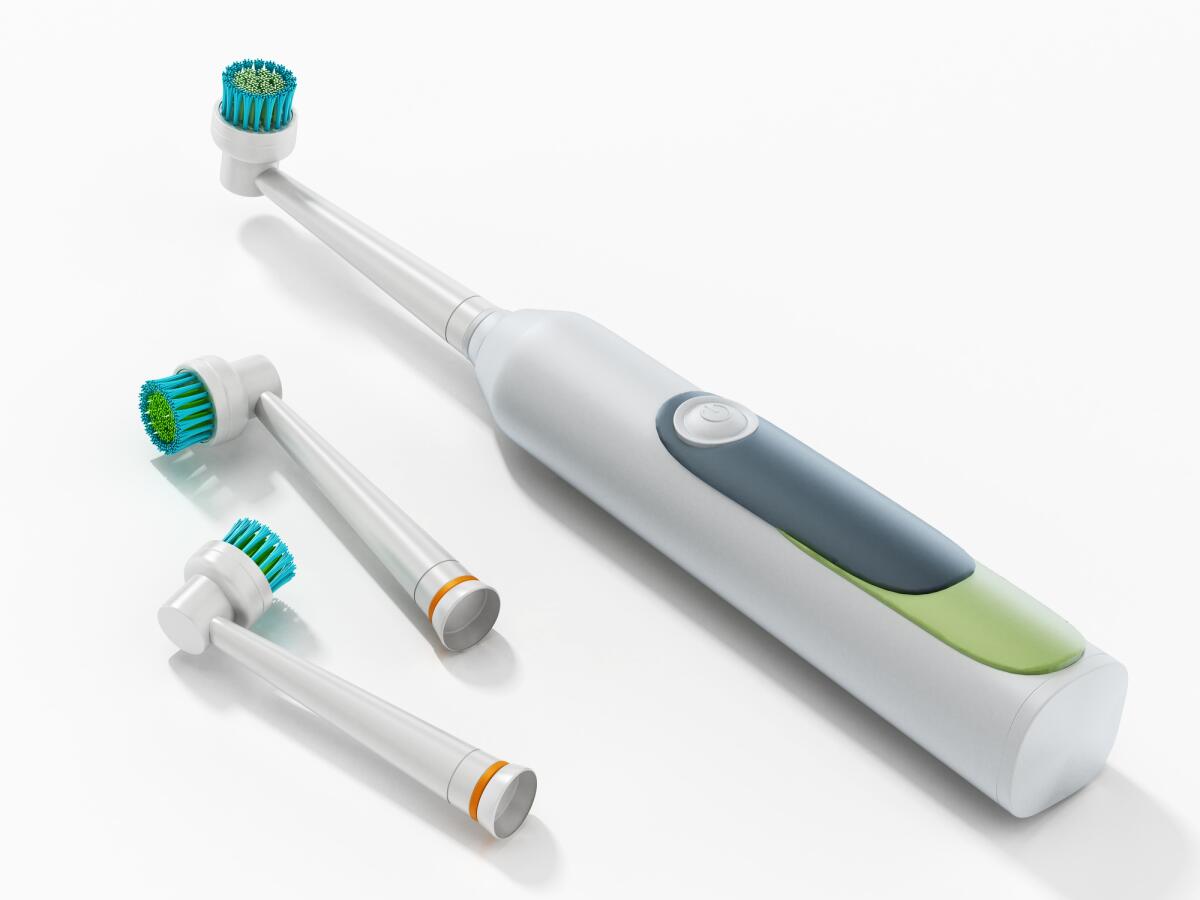
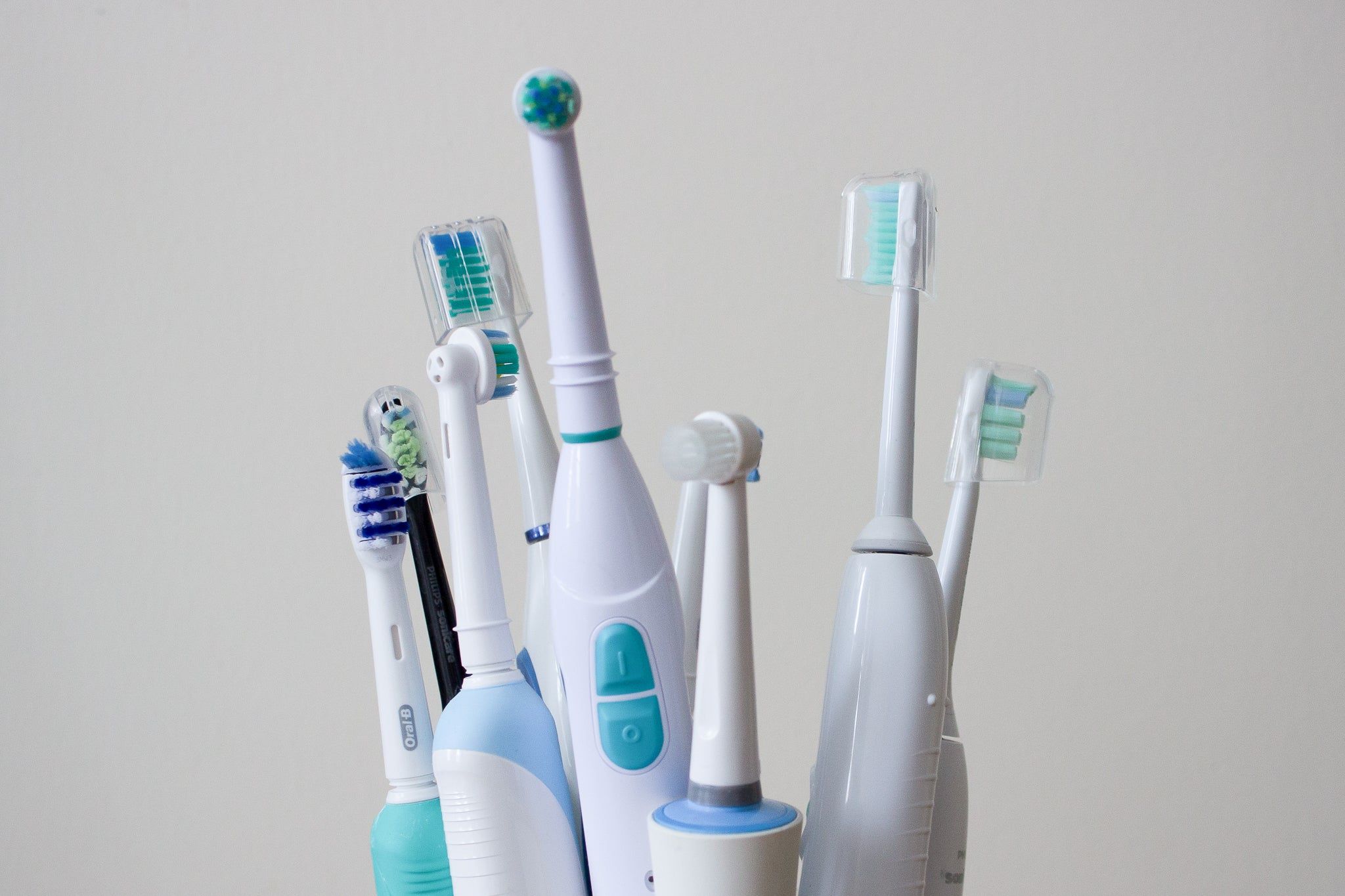
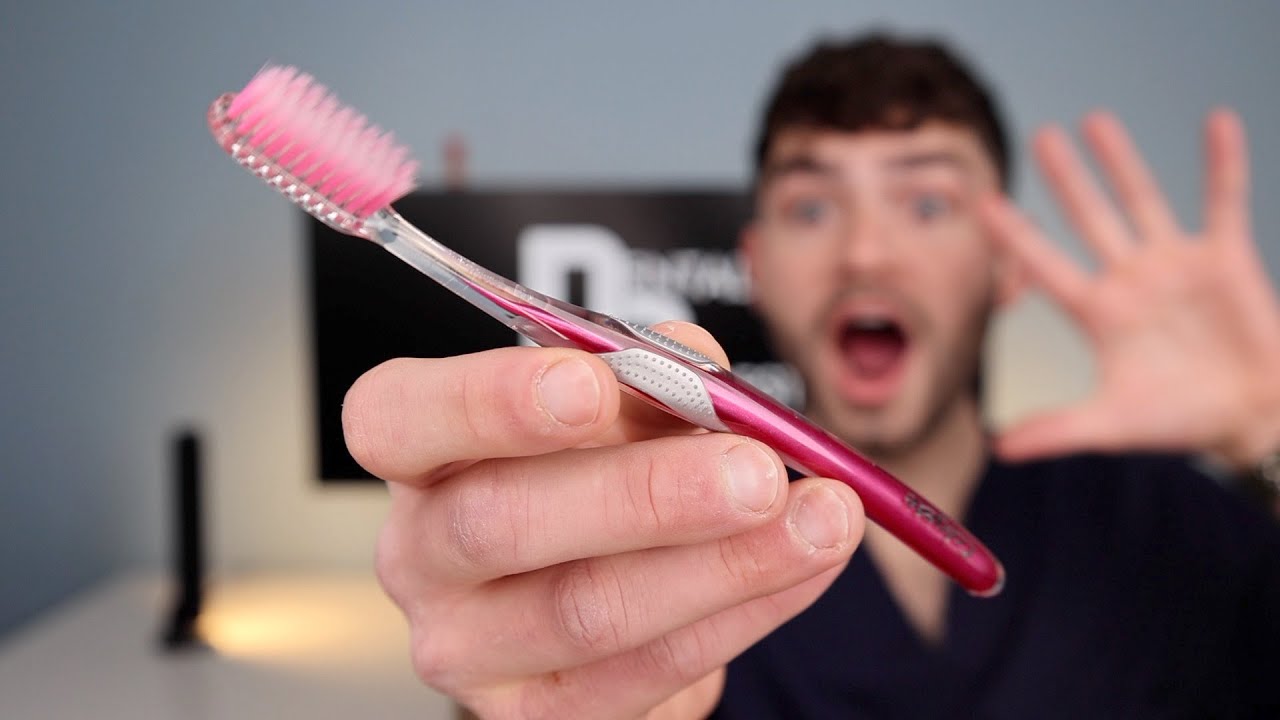
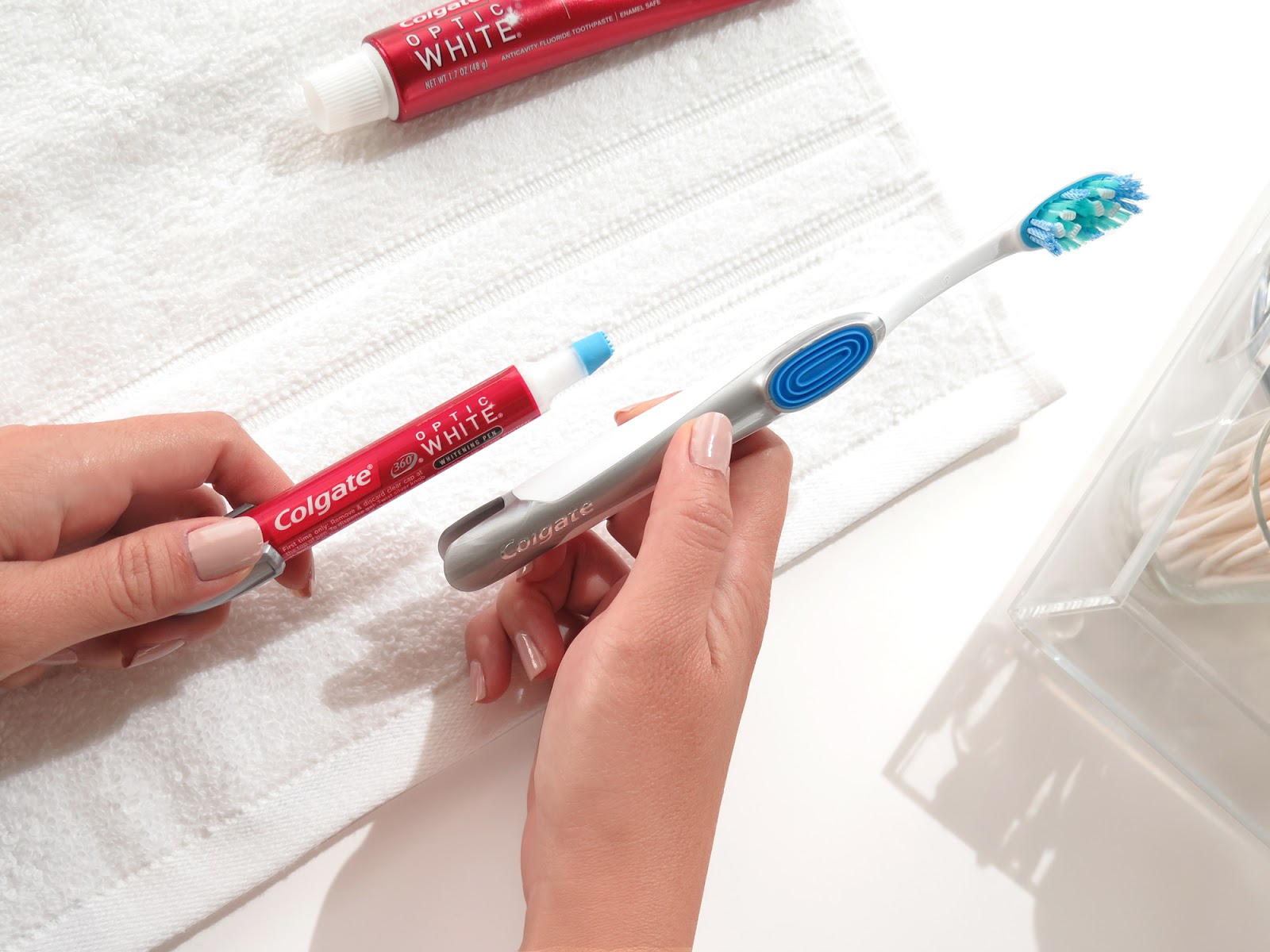

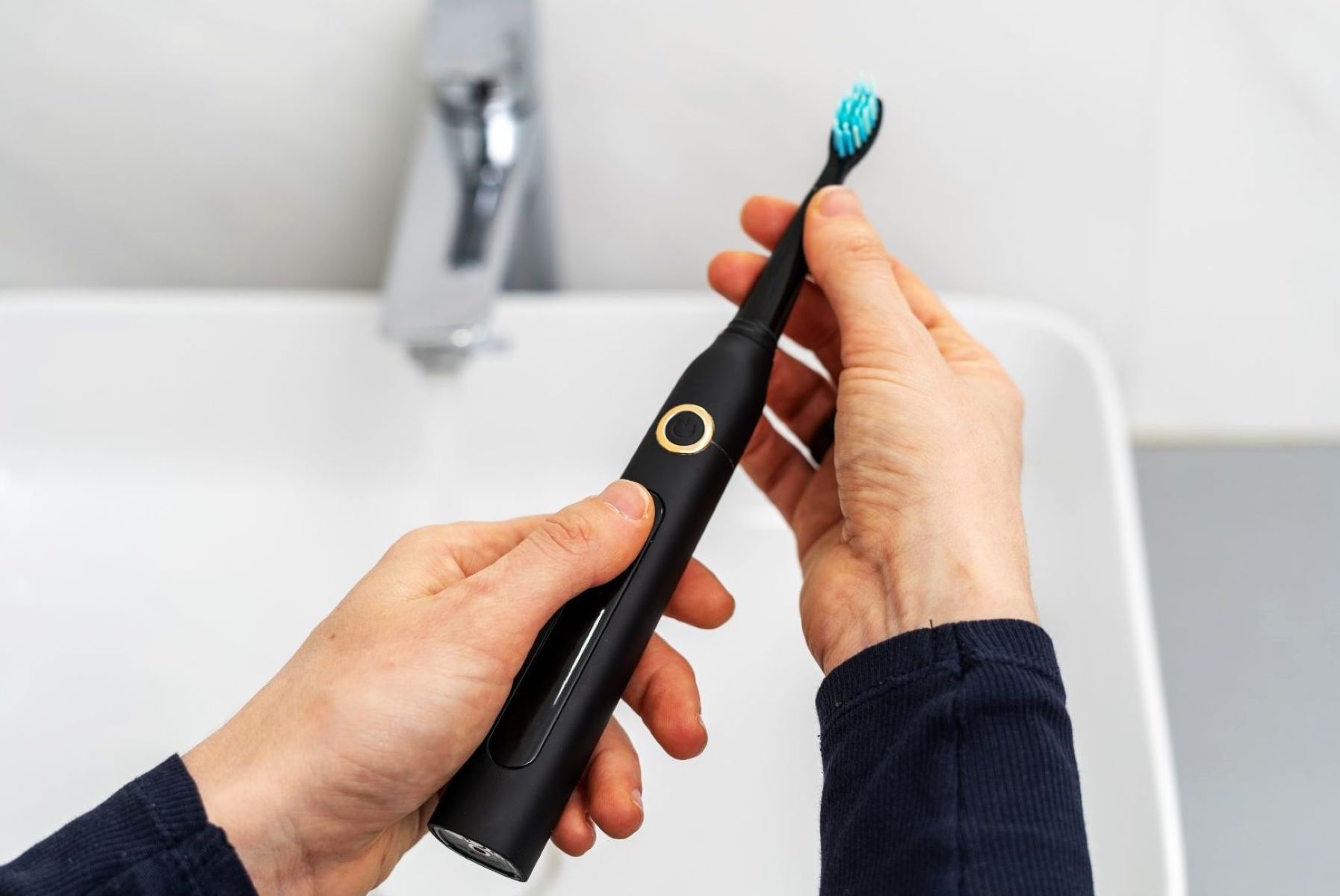


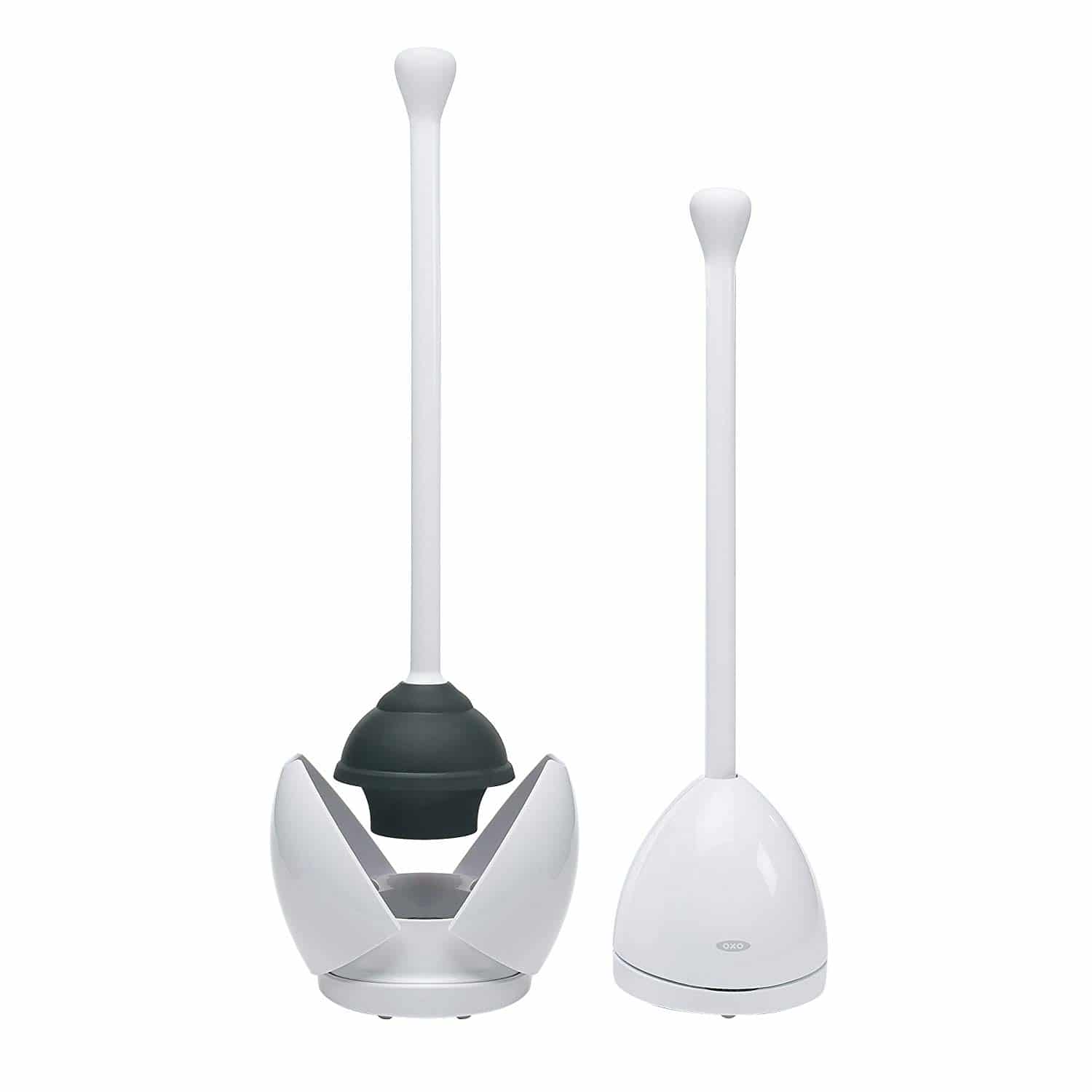
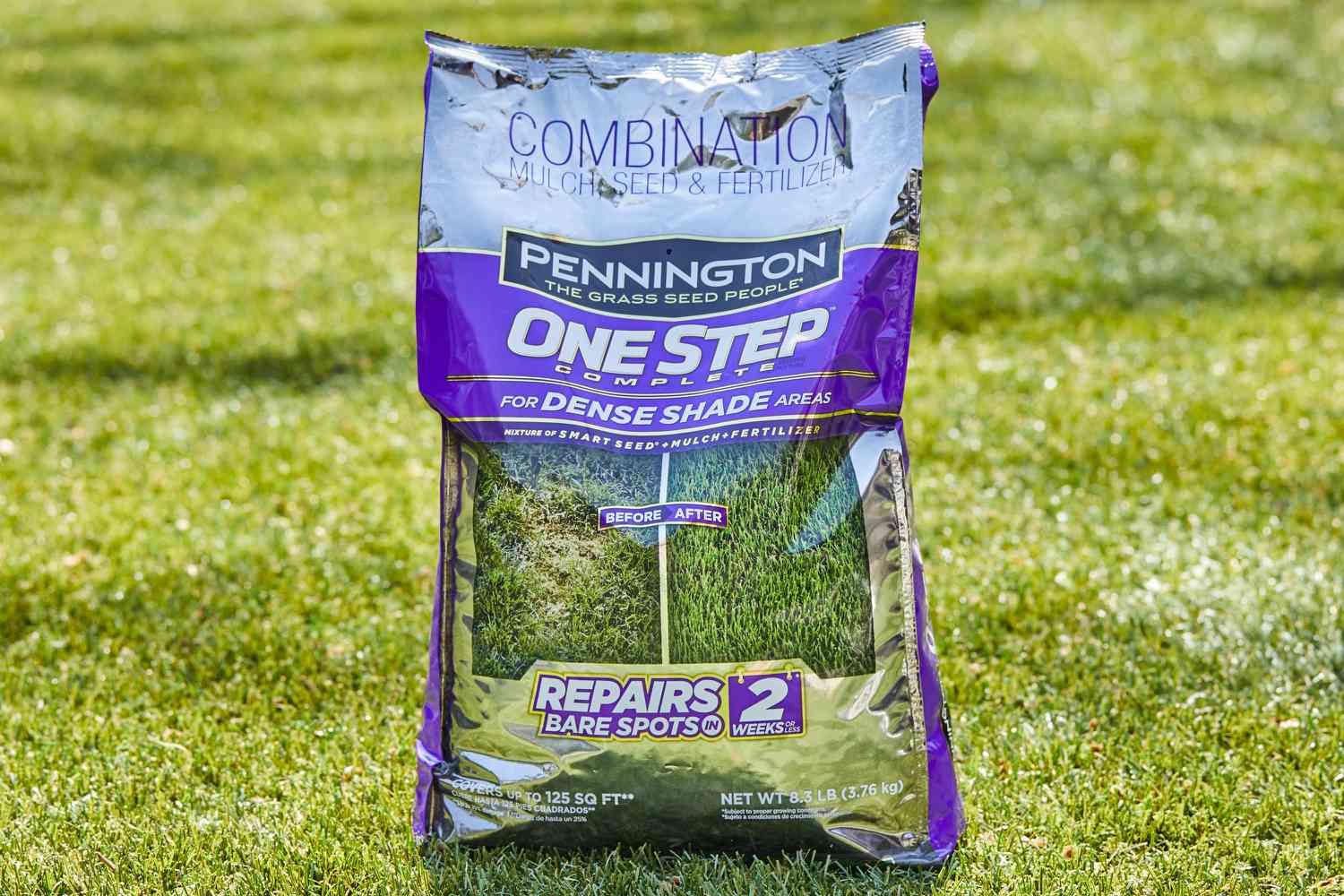

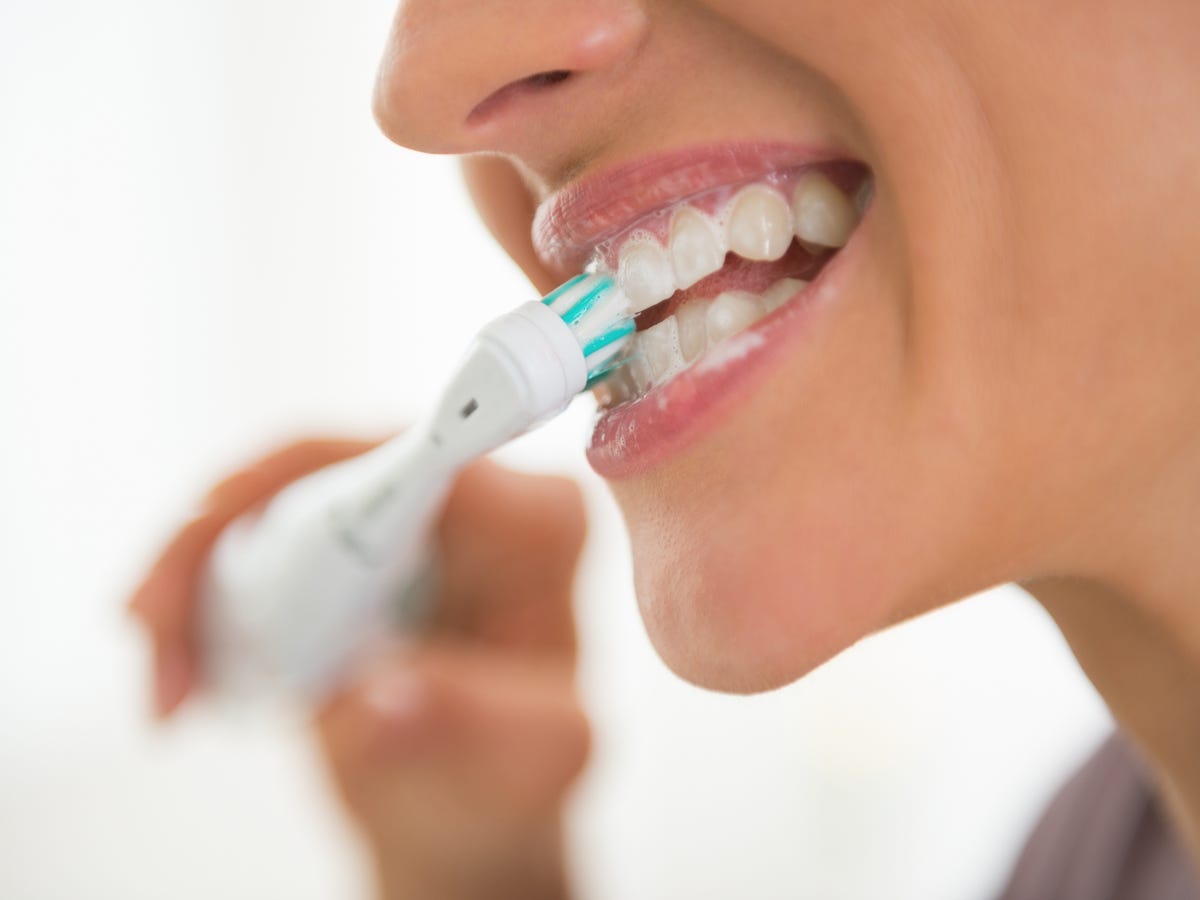

0 thoughts on “What Is The Best Kind Of Toothbrush”